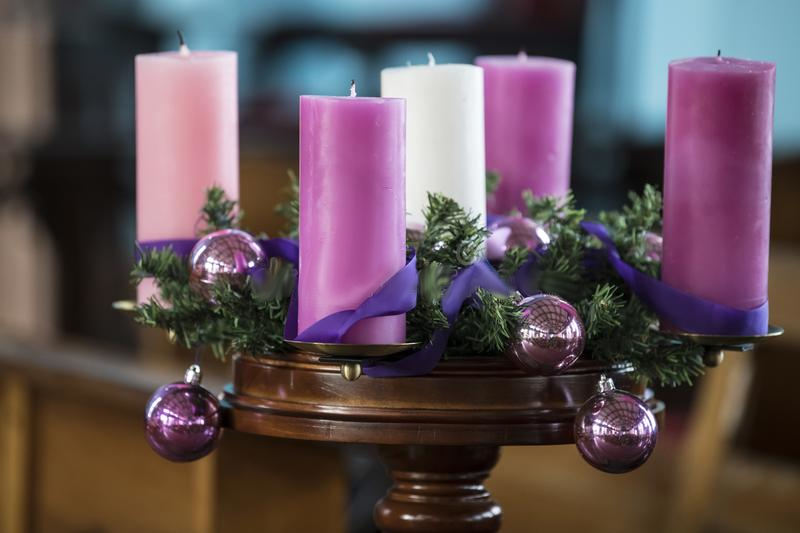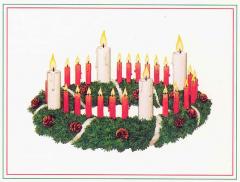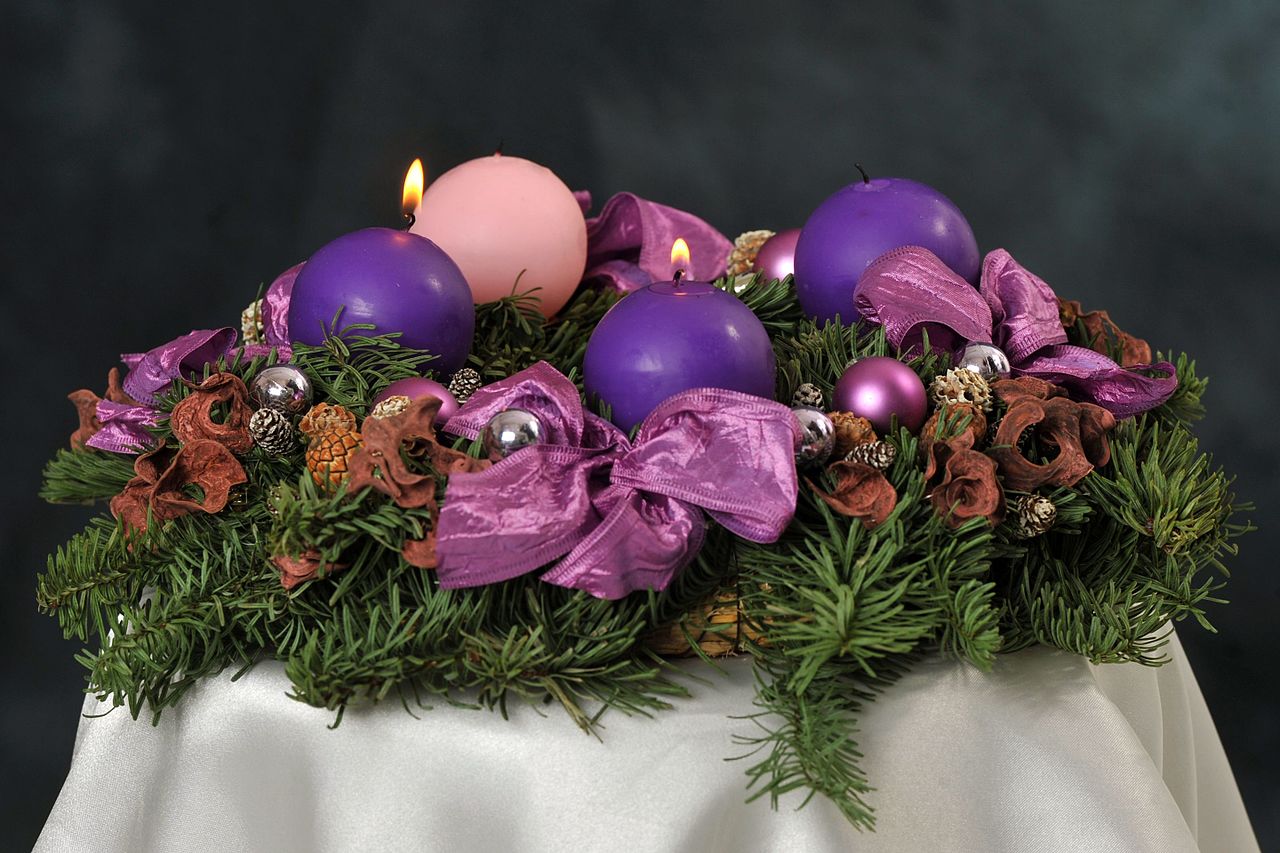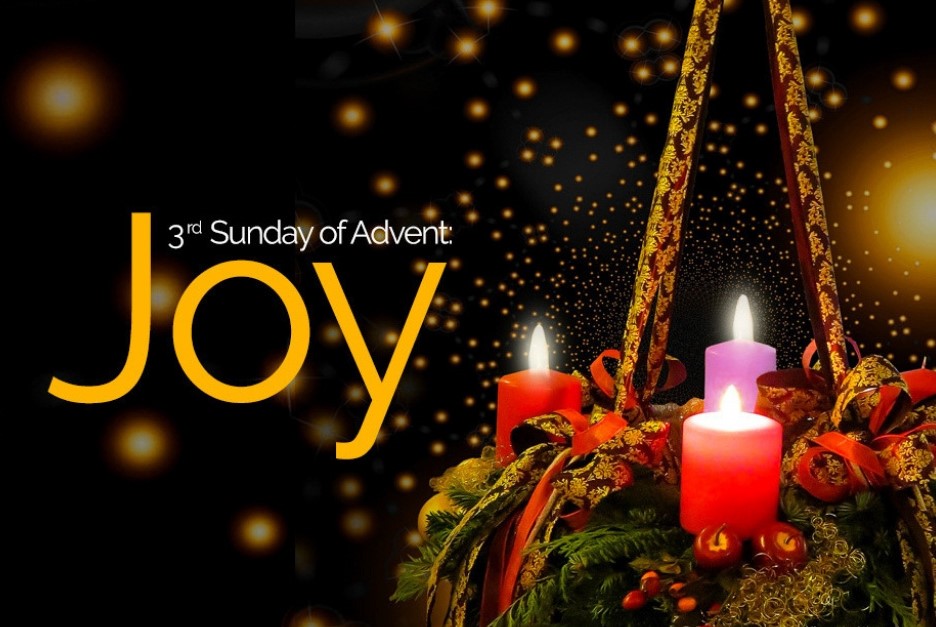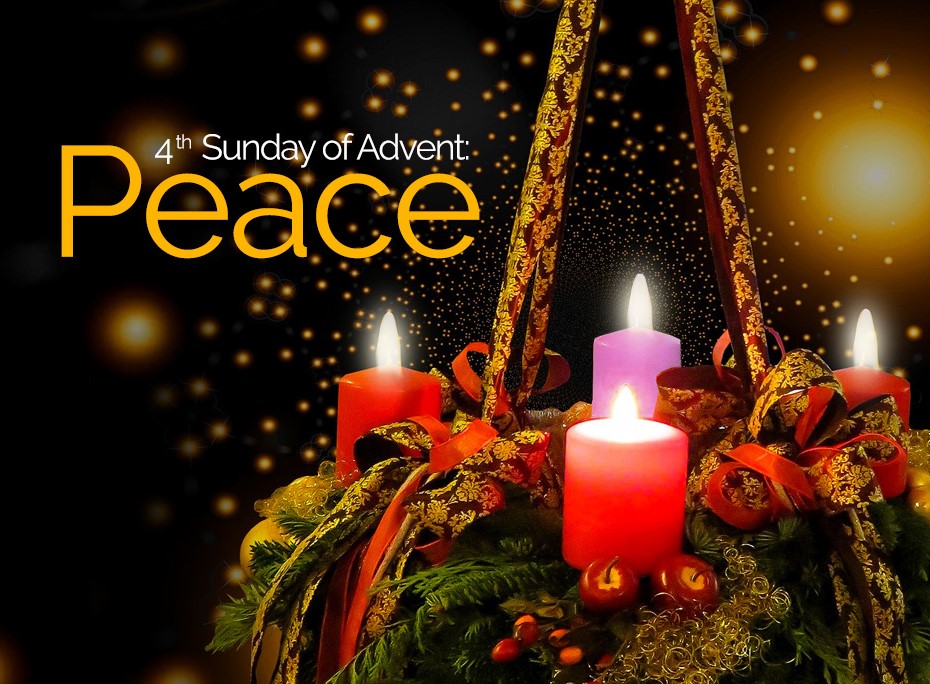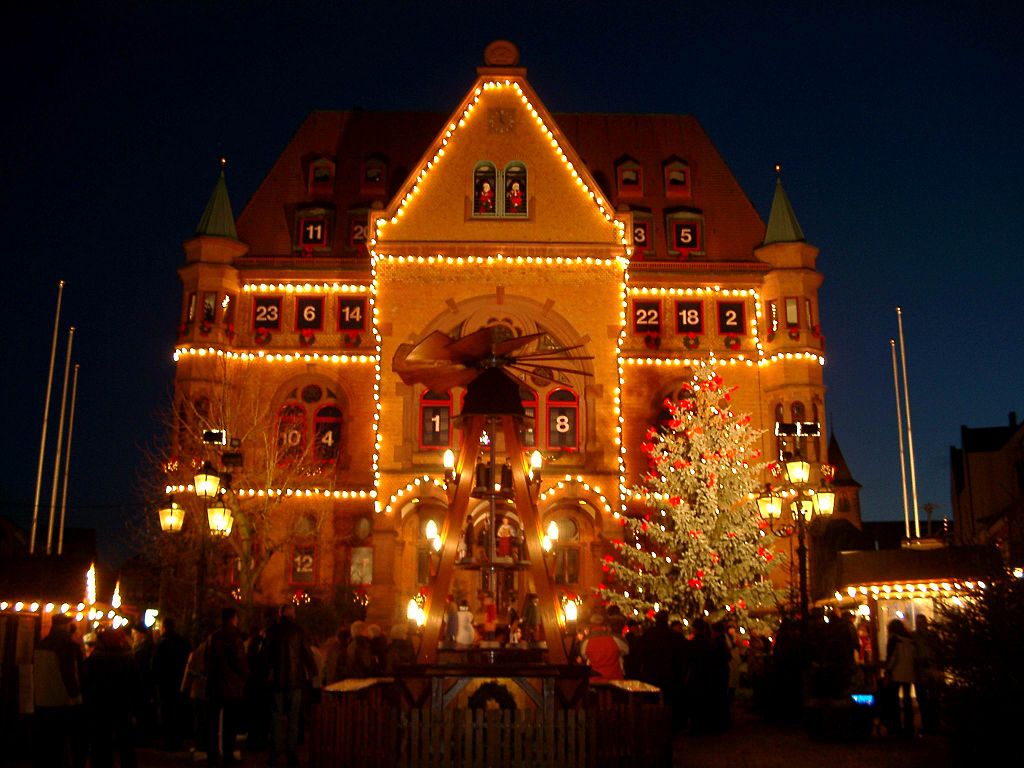Celebrating Advent is an excellent way to prepare our mind and heart for Christmas, the most beautiful and universal holiday of the Christian calendar.
In 2020, which has been an extraordinary year for all the people on our planet hit by the very severe coronavirus pandemic, the Advent began on the 29th November, Sunday. Advent encompasses the four Sundays and weekdays leading up to the celebration of Christmas. The Advent season is the period of preparation for our hearts and minds for the anniversary of the birth of Jesus Christ on Christmas. The word advent means “coming”. It comes from the Latin term “Adventus Domini”, which means “the coming of the Lord”. The anticipation before Christmas will be rewarded in the coming.
The origins of Advent go back to the 4th century in Gaul, which was then adopted by Rome. The mystery of that great day had every right to the honour of being prepared for by prayer and works of penance; and, in fact, it is impossible to state with any certainty when this season of preparation (which had long been observed before receiving its present name of Advent) was first instituted. It would seem, however, that its observance first began in the west, since it is evident that Advent could not have been looked on as a preparation for the feast of Christmas, until that feast was definitively fixed to the 25th December; which was done in the east only towards the end of the fourth century; whereas it is certain that the Church of Rome kept the feast on that day at a much earlier period.
Historical Background of the Tradition:
The use of wreath and candles during Advent are a longstanding Catholic tradition that was originally adopted by Christians in the Middle Ages as part of their spiritual preparation for Christmas.
The wreath and candles are full of symbolism tied to the Christmas season. The wreath itself, which is made of various evergreens, signifies continuous life. The circle of the wreath, which has no beginning or end, symbolises the eternity of God, the immortality of the soul, and the everlasting life we find in Christ.
Even the individual evergreens that make up the wreath also have their own meanings that can be adapted to our faith. The laurel signifies victory over persecution and suffering. Pine, holly, and yew symbolize immortality and cedar signifies strength and healing. The pine cones that decorate the wreath express life and resurrection. The wreath as a whole is meant to remind us of both the immortality of our souls and God’s promise that eternal life will be given through Christ. Wreaths were adorned with various colours: red, green, silver and gold, which had been considered Christmas colours ever since appeared.
The German Lutheran pastor, teacher and writer Johann Hinrich Wichern has been credited with “inventing” the (now traditional) Advent wreath in 1839. He gave a new form to this long-forgotten custom. He placed a huge wreath on top of a chariot wheel, decorated with pine twigs and 28 candles: for every weekday of Advent with a small candle, Sundays with a larger one. The number of candles decreased to 4 over time, and the custom spread: today a festive wreath can be found all over the Christian world, on which the colours of the church also appeared.
(The pastor became famous by the foundation of a rescue village near Hamburg for delinquent boys in 1833 and led the orphanage. He also set up hostels across Germany that were supposed to provide shelters, free of alcohol and gambling, for travellers.)
While preserving the tradition today, the Advent wreath with various colours and designs – due to the human creativity – became an issue of fashion and it is no longer just a liturgical symbol.
Today people celebrate Advent by placing the typical Advent wreath and lighting candles each week in their home and public areas as well. Candles also have their own special significance. The four candles represent the four weeks of Advent, and one candle is lit each Sunday. The candles are lit, for light is used as a symbol of Christ being the light of the World coming through the darkness.
In the Catholic Church, unlike Protestant traditions, three of the candles are purple, a liturgical colour that signifies a time of prayer, penance, and sacrifice, and one candle is pink, expressing joy.
• The 1st candle is purple, symbolising Hope. It is sometimes called the “Prophecy Candle” in remembrance of the prophets, especially Isaiah, who foretold the birth of Christ. It represents the expectation felt in anticipation of the coming Messiah.
• The 2nd candle is also purple, representing Faith. It is called the “Bethlehem Candle” as a reminder of Mary and Joseph’s journey to Bethlehem.
• The 3rd candle is pink and symbolises Joy. It is called the “Shepherd’s Candle,” and is pink, because it is the liturgical colour of joy. The third Sunday of Advent is Gaudete (Rejoice) Sunday and is meant to remind us of the joy that the world experienced at the birth of Jesus, as well as the joy that the faithful have reached the midpoint of Advent.
• The 4th week of Advent we light the last purple candle, the symbol of Peace. This week is a time of prayer and repentance, waiting for the birth of Jesus Christ, our Saviour. This is the “Angel’s Candle”. It reminds us of the message of the angels: “Peace on Earth, Good Will Toward Men.”
• The 5th white candle is placed in the centre of the wreath and lit on Christmas Eve. This is called the “Christ Candle” and represents the life of Christ. The colour: white is for purity – because Christ is our sinless, pure Saviour.
Dear Dames and Knights, esteemed members of the Sovereign Order of Saint John of Jerusalem, Knights of Malta, Federation of the Autonomous Priories (KMFAP),
we wish You Peaceful and Happy Advent Preparations and a Blessed Christmas Holiday Season!
11th December 2020




